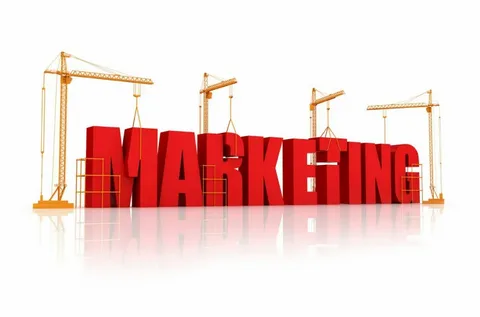How Will I Market My Business?

Marketing your business effectively is one of the most crucial steps in achieving success. With so many options available today, deciding how to promote your products or services can feel overwhelming. However, a well-structured marketing strategy tailored to your target audience can significantly enhance your brand visibility, customer engagement, and overall sales. Below, we’ll discuss how you can develop a comprehensive marketing strategy and use various tools and channels to reach your business goals.
1. Develop a Marketing Strategy to Reach Your Target Audience
The first step in marketing your business is understanding who your target audience is. Without knowing your ideal customers, any marketing efforts are likely to miss the mark. Here’s how you can define and develop your strategy:
-
Identify Your Ideal Customer: Research your target market by looking at demographics, interests, behaviors, and needs. What are their pain points? What solutions can your product or service provide to solve them?
-
Craft a Clear Message: Develop a value proposition that highlights why your product or service is unique and how it addresses the specific needs of your audience.
-
Set SMART Goals: Create measurable, achievable, relevant, and time-bound goals. Whether you want to increase website traffic, boost sales, or build brand awareness, having clear goals will keep your marketing efforts focused and efficient.
-
Choose the Right Marketing Channels: Based on your audience’s preferences, you can select the most suitable marketing channels (e.g., social media, email marketing, SEO) to ensure your message reaches the right people.
2. Utilize Digital Marketing
In today’s digital world, leveraging online marketing tools is essential. Digital marketing allows you to reach a broader audience, track your progress, and adjust campaigns as needed. Here are some powerful digital marketing techniques:
-
Search Engine Optimization (SEO): Optimizing your website for search engines ensures that your business ranks higher on search results, making it easier for potential customers to find you. SEO includes keyword optimization, creating quality content, and building backlinks.
-
Pay-Per-Click Advertising (PPC): PPC advertising, such as Google Ads, allows you to target users based on their search behavior. It’s a cost-effective way to drive immediate traffic to your website.
-
Content Marketing: Blogging, video content, and other forms of content can be used to educate and inform your audience, positioning your brand as an industry expert.
-
Email Marketing: Building an email list and sending targeted campaigns can help you stay in touch with existing customers while converting potential leads.
3. Leverage Social Media
Social media is one of the most effective ways to engage with your audience, showcase your products or services, and increase brand awareness. Different platforms cater to different audiences, so it’s important to choose the right ones for your business:
-
Facebook & Instagram: Great for reaching a wide variety of demographics, both platforms are ideal for brand promotion, running ads, and engaging with customers.
-
LinkedIn: Best for B2B marketing, LinkedIn helps businesses connect with professionals, network, and showcase their expertise.
-
Twitter: Known for real-time updates and trending topics, Twitter allows businesses to engage in conversations and share updates quickly.
-
TikTok & YouTube: Video content is increasingly popular, especially among younger demographics. Short-form videos on TikTok and longer content on YouTube can help boost visibility.
4. Networking and Traditional Marketing Channels
While digital marketing plays a huge role, traditional marketing methods such as networking, print advertising, and direct mail still have value, especially in certain industries:
-
Networking: Attend industry events, conferences, and seminars to meet potential customers and collaborators. Word-of-mouth and personal connections are still powerful ways to generate leads.
-
Local Advertising: If your business caters to a specific geographic area, consider investing in local advertising, such as newspapers, radio, and direct mail. These traditional channels can help build trust and connect with local communities.
-
Influencer Marketing: Collaborating with influencers who align with your brand values can expand your reach and build credibility.
5. Track, Measure, and Optimize
Once you’ve implemented your marketing strategy, it’s essential to track the effectiveness of your efforts. Use analytics tools (such as Google Analytics, social media insights, and email campaign reports) to evaluate your campaigns. By constantly monitoring the performance of your marketing activities, you can refine and optimize them for better results.
Conclusion
Effective marketing involves a mix of strategies, from digital marketing to traditional methods. Understanding your target audience, utilizing SEO, social media, content marketing, and networking, and optimizing your efforts will ensure that your business reaches its potential. Remember, marketing is an ongoing process—don’t be afraid to test new strategies and adapt as you learn more about what works best for your business.
- Arts
- Business
- Computers
- Oyunlar
- Health
- Home
- Kids and Teens
- Money
- News
- Recreation
- Reference
- Regional
- Science
- Shopping
- Society
- Sports
- Бизнес
- Деньги
- Дом
- Досуг
- Здоровье
- Игры
- Искусство
- Источники информации
- Компьютеры
- Наука
- Новости и СМИ
- Общество
- Покупки
- Спорт
- Страны и регионы
- World


